Traditional means farmers used to use for seed selection and preservation may help us cultivate more resilient food in a changing climate.
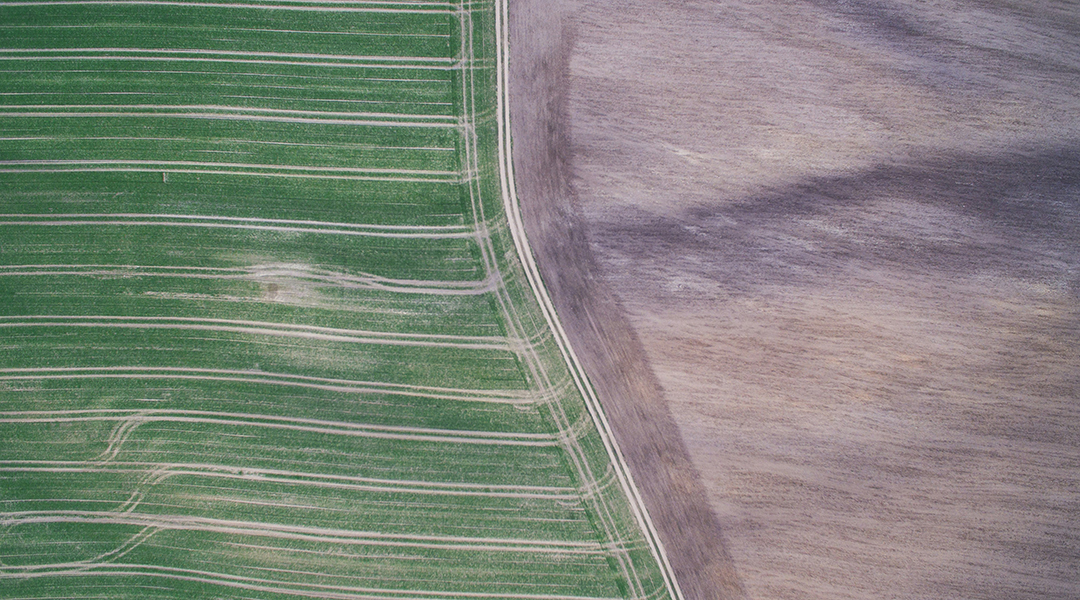

Traditional means farmers used to use for seed selection and preservation may help us cultivate more resilient food in a changing climate.

Nanoparticles disrupted the placenta’s secretion of biomolecules essential for blood vessel growth, hormone production, and immune function.

Global warming caused by human action has continued to increase, even though climate action has slowed the rise in greenhouse gas emissions.
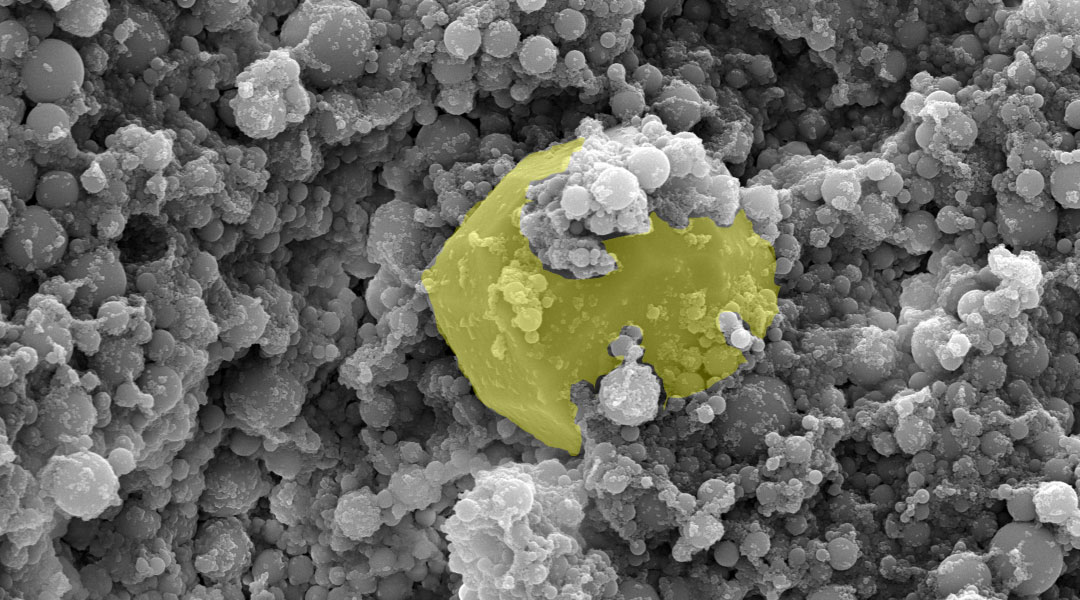
A new approach to radiative cooling blends practicality with aesthetics, advancing this crucial technology for a warming world.
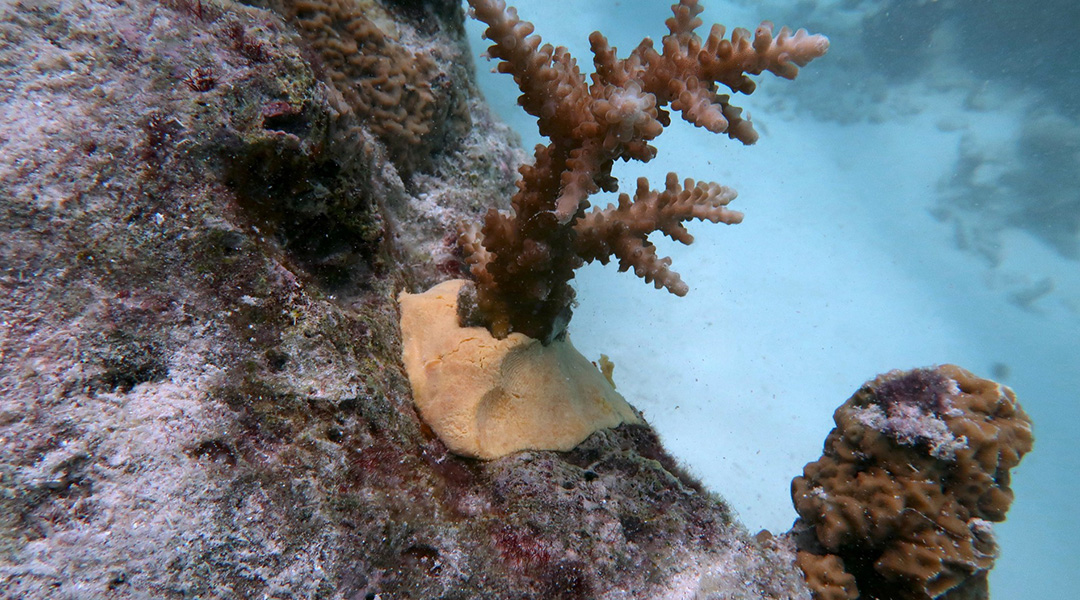
This ocean-safe putty was designed to help seed new coral reefs, offering a much-needed replacement for hardware store products.
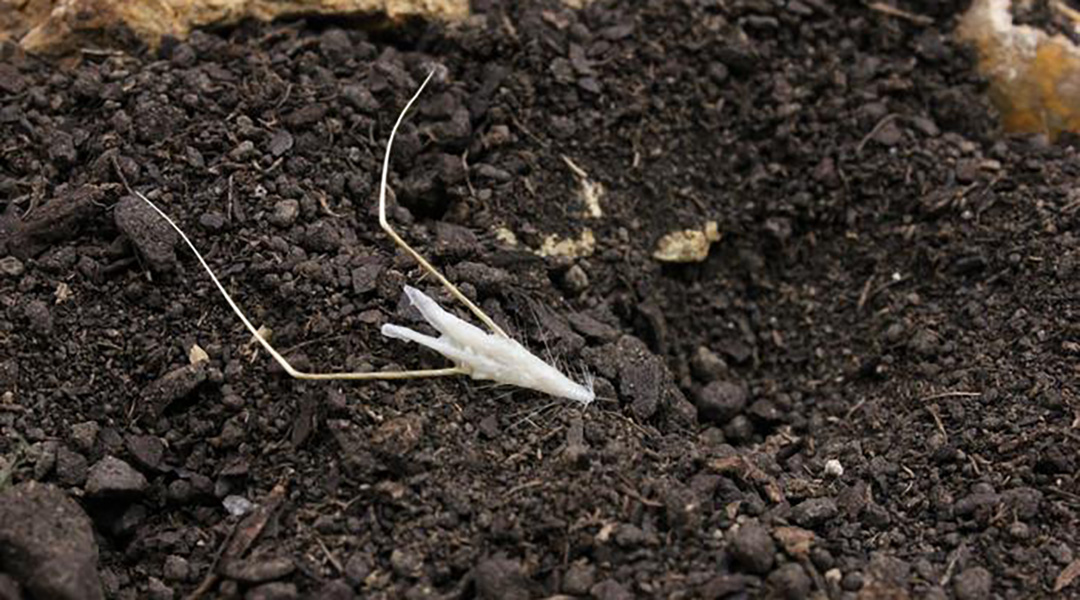
A biohybrid robot made from oats moves in response to humidity and is being tested as a biodegradable vector for reforestation efforts.
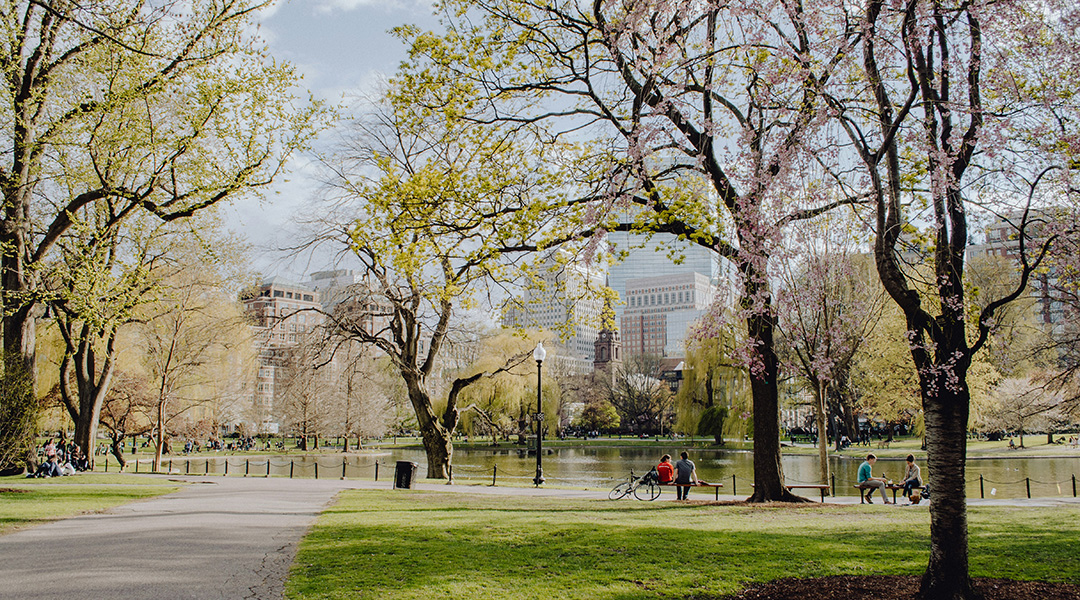
Scientists find evidence that nature boosts healthy food choices, revealing nature’s pivotal role in shaping positive dietary habits.
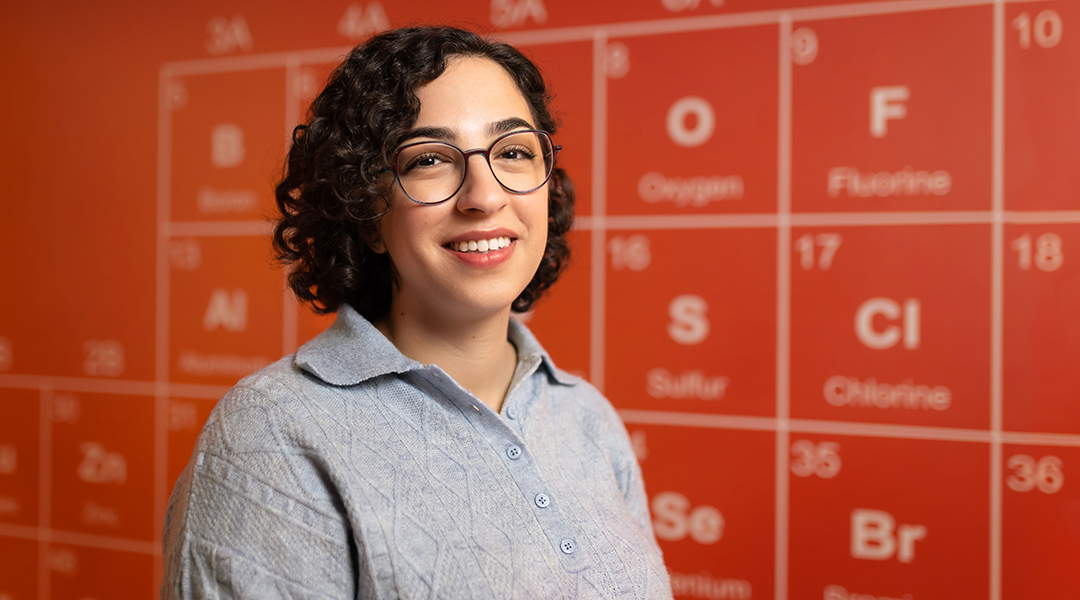
Chemist Shira Joudan discusses environmental contaminants, setting up at a new university, and building a supportive community.
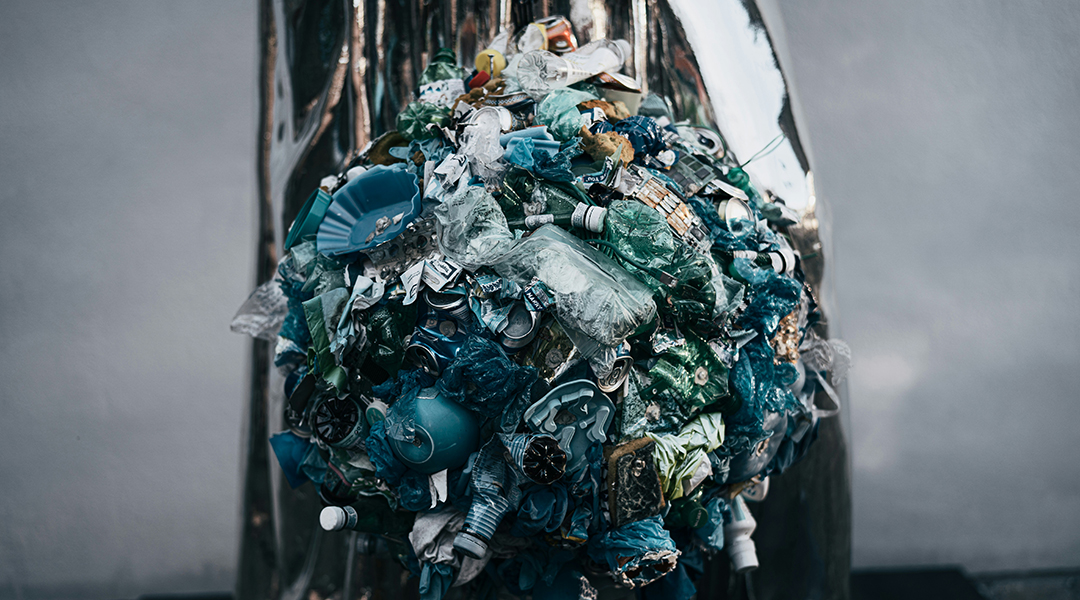
A closed-loop process for making and recycling polycarbonate plastic also captures carbon to reduce waste and cut emissions.
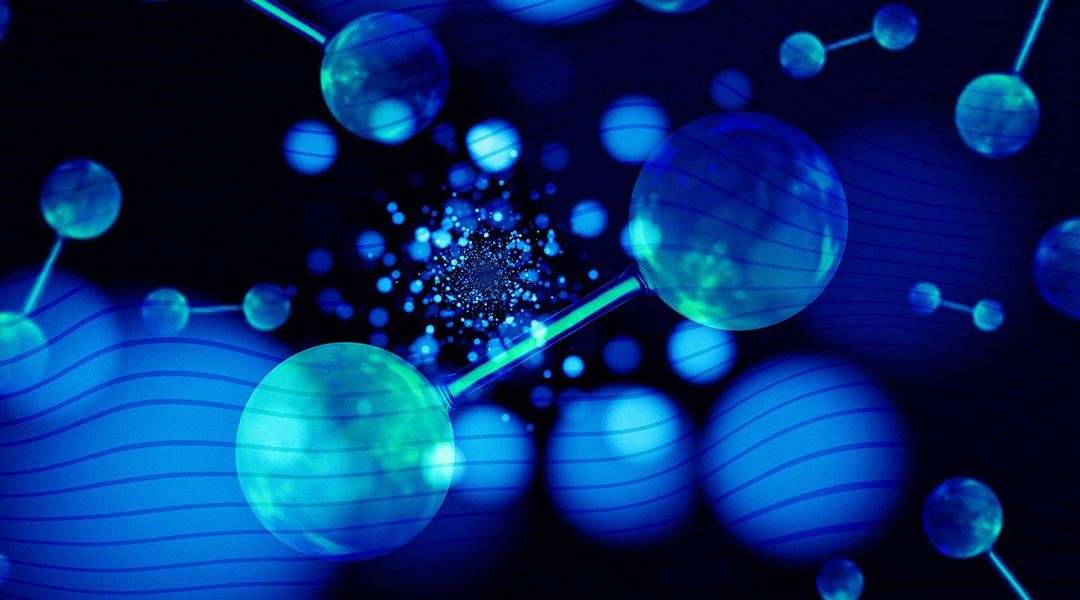
A new electrolysis device could transform the way we produce hydrogen fuel from seawater, addressing challenges that hindered this process.